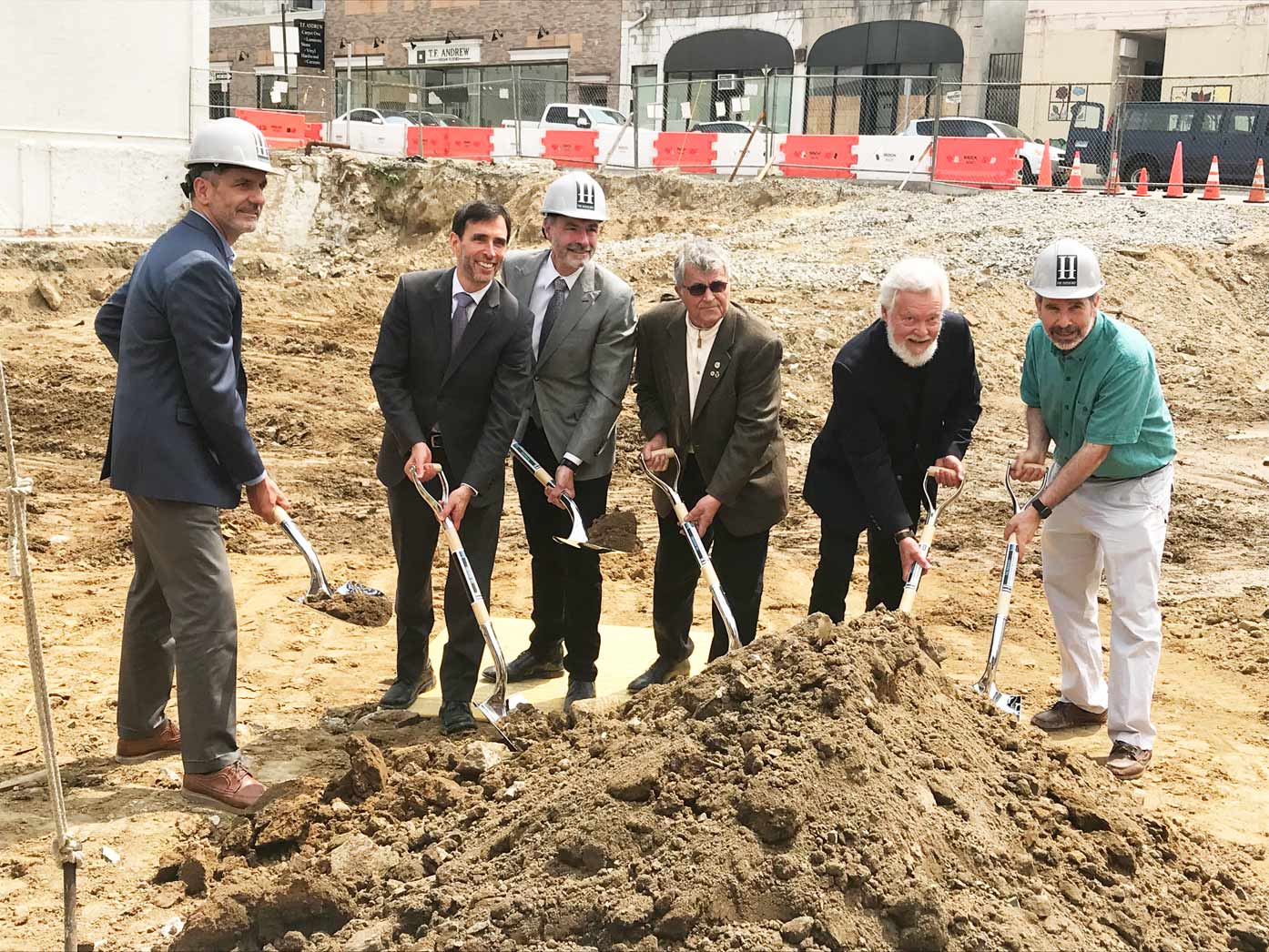The June 9 surprise announcement that United Technologies Corp. plans to merge with Raytheon Co. left officials scrambling to determine what it all means.
While the newly merged company, to be called Raytheon Technologies Corp., will be headquartered in what the firms called “the greater Boston area” ”“ Raytheon is in Waltham ”“ instead of UTC”™s Farmington home, “It”™s important to note that nearly all of UTC”™s 19,000 employees will remain in Connecticut, with roughly 100 moving to the new headquarters,” Gov. Ned Lamont said.
Under terms of what the firms call “an all-stock merger of equals,” subject to various approvals, UTC shareholders will own about 57 percent of the new company and shareholders of Raytheon will own 43 percent. UTC will maintain eight of the 15 board seats, with the remainder held by Raytheon.
The combined company will have approximately $74 billion in pro forma 2019 sales.
The combination excludes Otis and Carrier, which are expected to be separated from United Technologies in the first half of 2020 as previously announced. Raytheon plans to consolidate its four businesses into two businesses to be named Intelligence, Space & Airborne Systems and Integrated Defense & Missile Systems.
Those new businesses will join Collins Aerospace and Pratt & Whitney to form the four businesses of Raytheon Technologies.
Collins Aerospace maintains offices in Danbury and Mayor Mark Boughton reacted to the news by lamenting on Twitter: “This is not good news for CT, or Danbury.”
The merger is expected to close in the first half of 2020, following completion by United Technologies of the previously announced separation of its Otis and Carrier businesses. The timing of the separation of Otis and Carrier is not expected to be affected by the proposed merger and remains on track for completion in the first half of 2020, according to the company. The merger is intended to qualify as a tax-free reorganization for U.S. federal income tax purposes.
“Today is an exciting and transformational day for our companies, and one that brings with it tremendous opportunity for our future success. Raytheon Technologies will continue a legacy of innovation with an expanded aerospace and defense portfolio supported by the world’s most dedicated workforce,” Raytheon Chairman and CEO Tom Kennedy said. “With our enhanced capabilities, we will deliver value to our customers by anticipating and addressing their most complex challenges, while delivering significant value to shareowners.”
“The combination of United Technologies and Raytheon will define the future of aerospace and defense,” United Technologies Chairman and CEO Greg Hayes said. “Our two companies have iconic brands that share a long history of innovation, customer focus and proven execution. By joining forces, we will have unsurpassed technology and expanded R&D capabilities that will allow us to invest through business cycles and address our customers’ highest priorities. Merging our portfolios will also deliver cost and revenue synergies that will create long-term value for our customers and shareowners.”
Although the majority of UTC employees will apparently remain in Connecticut, the merger is still being viewed as something of a black eye for Lamont, who campaigned on his skills as a business owner. Parallels to General Electric leaving Fairfield for Boston less than three years ago, during Gov. Dannel Malloy”™s term, have been voiced by various observers, including Republican Senate Minority Leader Len Fasano, who called the announcement “deja vu.”
“I”™ve spoken directly with Greg Hayes and made it clear that Connecticut will always be open should things change, as they often do,” Lamont said. “This serves as a reminder that we live in an increasingly competitive economy, domestically and internationally. As such, it”™s critical we invest in education, workforce development and our transportation infrastructure to stay competitive.”
“Anytime there is a merger, it understandably creates anxiety,” said Lamont”™s fellow Democrat, U.S. Rep. John B. Larson. “We have been assured by UTC that their manufacturing base in Connecticut will remain strong, helped by the efforts of the Connecticut delegation in Washington and Governor Lamont in Connecticut to bolster our state”™s defense manufacturing ecosystem.
“I will continue to work with Governor Lamont and the rest of the Connecticut delegation, as we await further briefings from UTC. UTC”™s manufacturing base is not only strong, but it will remain in Connecticut. As we await more information, our No. 1 concern is UTC employees. We will be reaching out to them as they are understandably anxious about what effects this will have on the workforce and will do anything we can to support them.”
U.S. Sen. Richard Blumenthal, another Connecticut Democrat, expressed concern.
“This huge potential merger raises very sweeping and serious questions and doubts about its impact on the Connecticut workforce and economy, as well as our national security and defense,” Blumenthal, who is a member of the Senate Armed Services Committee, said. “I will demand answers immediately and publicly.”






















